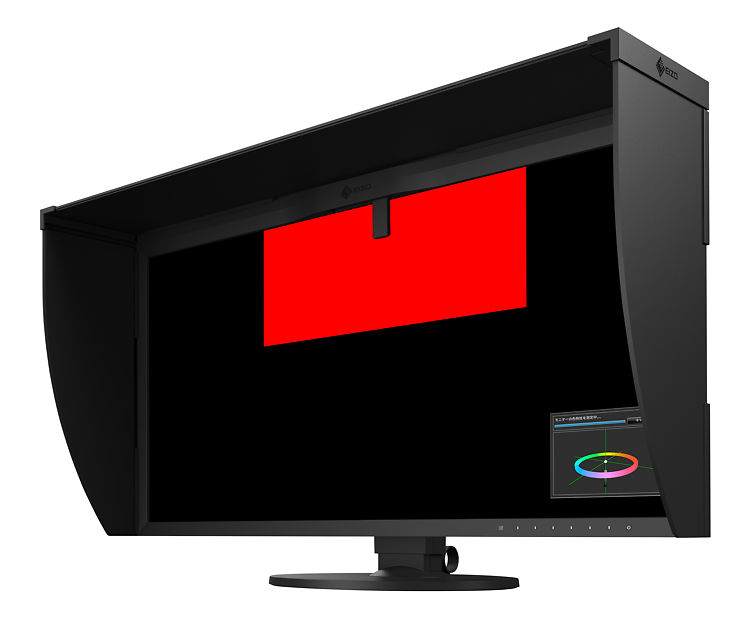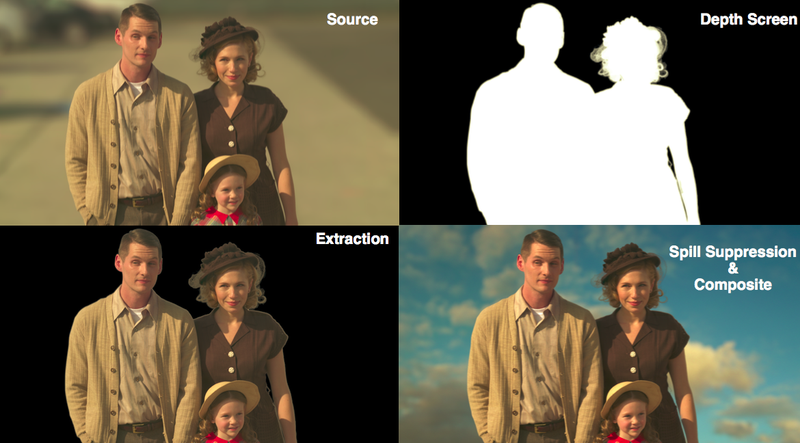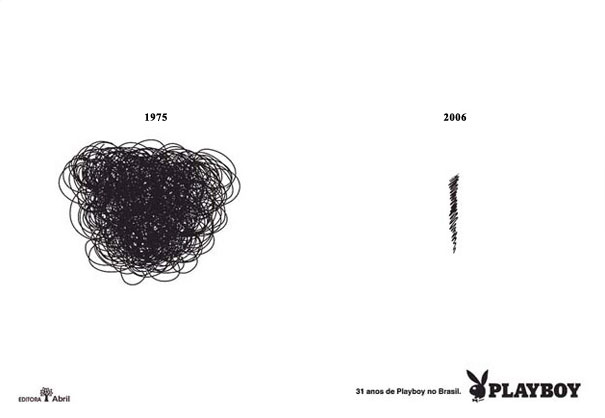RANDOM POSTs
-
Transformer Explainer -Interactive Learning of Text-Generative Models
Read more: Transformer Explainer -Interactive Learning of Text-Generative Modelshttps://github.com/poloclub/transformer-explainer
Transformer Explainer is an interactive visualization tool designed to help anyone learn how Transformer-based models like GPT work. It runs a live GPT-2 model right in your browser, allowing you to experiment with your own text and observe in real time how internal components and operations of the Transformer work together to predict the next tokens. Try Transformer Explainer at http://poloclub.github.io/transformer-explainer
-
-
Monitors For Video Editing & Vfx work – Eizo ColorEdge CG319X 4K 31"
Read more: Monitors For Video Editing & Vfx work – Eizo ColorEdge CG319X 4K 31"www.cgdirector.com/best-monitor-graphic-design-video-editing-3d/
There are three main Panel Types found in today’s modern Monitors.
The TN Panel (Twisted nematic)
The VA Panel (Vertical Alignment)
The IPS Panel (In-plane Switching)The IPS Panel is the best panel type for visually demanding work.
imagescience.com.au/products/monitors/monitors-for-video-editing-and-vfx
The Eizo CG319X is the current benchmark monitor for video work from Eizo, the most respected name in the high end colour accurate monitor business.
Used by some of the world’s best VFX studios – like WETA Digital and Studio Ghibli – this full true 4K monster offers superb accuracy, DCI true blacks, and fully automatic calibration with a in-built high quality calibration sensor, very generous working area, and true full 4K resolution. It can show nearly all of the DCI-P3 colour space with extreme precision.
If you’ve got the budget, this is without doubt the monitor to own for high end video and FX work.
imagescience.com.au/products/monitors/eizo-coloredge-cg319x-4k


COLLECTIONS
| Featured AI
| Design And Composition
| Explore posts
POPULAR SEARCHES
unreal | pipeline | virtual production | free | learn | photoshop | 360 | macro | google | nvidia | resolution | open source | hdri | real-time | photography basics | nuke
FEATURED POSTS
Social Links
DISCLAIMER – Links and images on this website may be protected by the respective owners’ copyright. All data submitted by users through this site shall be treated as freely available to share.









